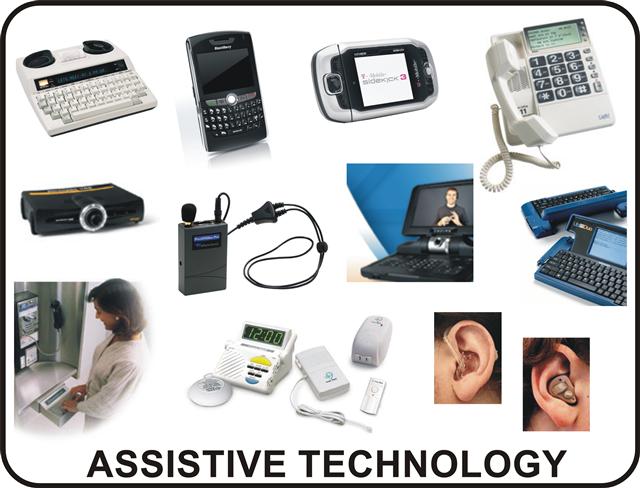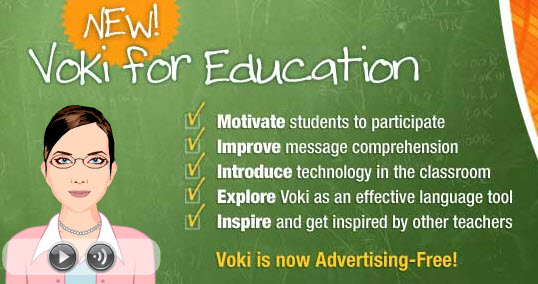The Possibilities With AT
As a future educator, I strongly believe that every child is capable of maximizing their full learning potential and climbing the ladder to success. Although each student differs in their learning styles or preferences, it is our job as future teachers to accommodate each and every one of them. Not only do students have preferred learning styles, but there are also students who may require more assistance and one-on-one time with a teacher than others. Thus, making changes to lesson plans and incorporating various classroom activities is necessary for the student’s learning development, especially to those students with learning disabilities (LD). There is no question that accommodating diverse learners has become easier through the use of assistive technology. With the revolution of assistive technology, we as future teachers are able to provide adequate and equal learning opportunities for all our students. Furthermore, assistive technology has undoubtedly encouraged students to push themselves to become the best learners that they can be.
So, what is assistive technology? According to Stanberry and Rasking, “AT for kids with LD is defined as any device, piece of equipment or system that helps bypass, work around or compensate for an individual's specific learning deficits” (para. 4). In other words, assistive technology or AT is the wide range of technological resources that teachers can avail to that helps improve a student’s cognitive or physical learning impairment; otherwise, it might be impossible for the student to learn or perform without it. Some examples of assistive technology include the following: audio players and recorders, headsets, eBooks and apps, voice recognition and production software (text-to-speech and speech-to-text), phonetic spelling software, and electronic worksheets. All of these assistive technologies enable students to learn at their own pace and grow as both a student and an individual. However, teachers must first decide what technology tool is the best to incorporate into their lesson plans in which all students can benefit from.
With the ASSURE lesson plan, it is possible for teachers to assist their students with reaching their learning goals. According to Serhat Kurt, “ASSURE is an instructional design model that has the goal of producing more effective teaching and learning” (para. 1). We as future teachers are able to modify our lesson plans according to each student’s learning needs by following the ASSURE method. In addition, we are able to integrate the best technology tools into our lesson plans so that all students are capable of comprehending and instilling the information. “ASSURE” is an acronym that stands for the steps in the model. The steps in the ASSURE model consists of:
A- Analyze Learners
S- State Standards
S- Select Methods, Media, and Materials
U- Utilizing Technology, Media, and Materials
R- Required Student Participation
E- Edit and Revise
The most important step of the ASSURE model that includes opportunities for students with disabilities to be successful participants in the classroom is the “R- Required Student Participation.” It is important that we as future educators find ways in which all students can actively participate in the material that we are teaching. A common example of how teachers require participation in classrooms is by having class discussions. Having students share their ideas increases their interest and engagement as well as makes them open to other students’ perspectives. Class discussions also allow students to make deeper connections and strengthen their critical thinking skills. Students with learning disabilities, with the help of assistive technology, can benefit from class discussions too. Participating in an inclusive learning environment allows these students to feel just as competent as everyone else, so there is no odd one out. In the video titled Enabling Dreams, shows how assistive technology helps a student convey what he wants without having him verbalize it. This student is able to communicate through a device by simply twitching his eyebrow. The video also showed how a customized assistive technology enabled a student to participate in a band and play the euphonium by using a joystick. Teachers had to observe these students to find out what device would be most effective to accommodate their learning disabilities and needs.
As a future teacher, I know the importance of revising an activity to include the participation of students with disabilities. Firstly, I would modify my lesson plans in accordance with the ASSURE model. The ASSURE model consists of criteria appropriate for assessing materials for each student and their needs. In addition, my lesson plans will include various assistive technologies that will help accommodate all of my students as well as those with learning disabilities. One example of an AT that I will utilize in my classroom is “Voki.” With Voki’s text-to-speech feature, students with disabilities are capable of communicating their ideas and also get to experience the fun of customizing their own characters. Voki does not only help students with learning disabilities but for all students. Students could utilize this assistive technology tool as a grammar and spelling check by typing down sentences and having the character say it to them. This can help students determine if there are any errors in the sentence. Assistive technology is essential to a student’s learning development and can enhance their life skills. Therefore, by incorporating technology tools such as Voki into my ASSURE lesson plan, I am able to carry out my belief as a teacher that every student is capable of success.
Although I have no family members or friends who rely on assistive technology for educational purposes, I still believe that it plays a vital role in a student’s academic success. As technology continues to advance, more assistive technologies would be made available for our students. Assistive technology makes it possible for all students, such as those with learning disabilities and English language learners (ELLs) to learn independently without always needing support. Through the use of assistive technology, I believe that our students can demonstrate their competence and showcase their unique skills.
References
Ellis, K. (2005, February 2). How Assistive Technology Enables Dreams [Video File]. Edutopia. Retrieved November 19, 2019, from https://www.edutopia.org/video/how-assistive-technology-enables-dreams
Kurt, S. (2015, November 23). ASSURE: Instructional Design Model. Educational Technology. Retrieved November 19, 2019, from https://educationaltechnology.net/assure-instructional-design-model/
Stanberry, K., & Rasking, M. H. (2019, September 26). Assistive Technology for Kids with Learning Disabilities: An Overview. Reading Rockets. Retrieved November 19, 2019, from https://www.readingrockets.org/article/assistive-technology-kids-learning-disabilities-overview




Hi Ms. Maratita:
ReplyDeleteYour essay was very well written. It was a pleasure to read.
-j-